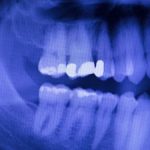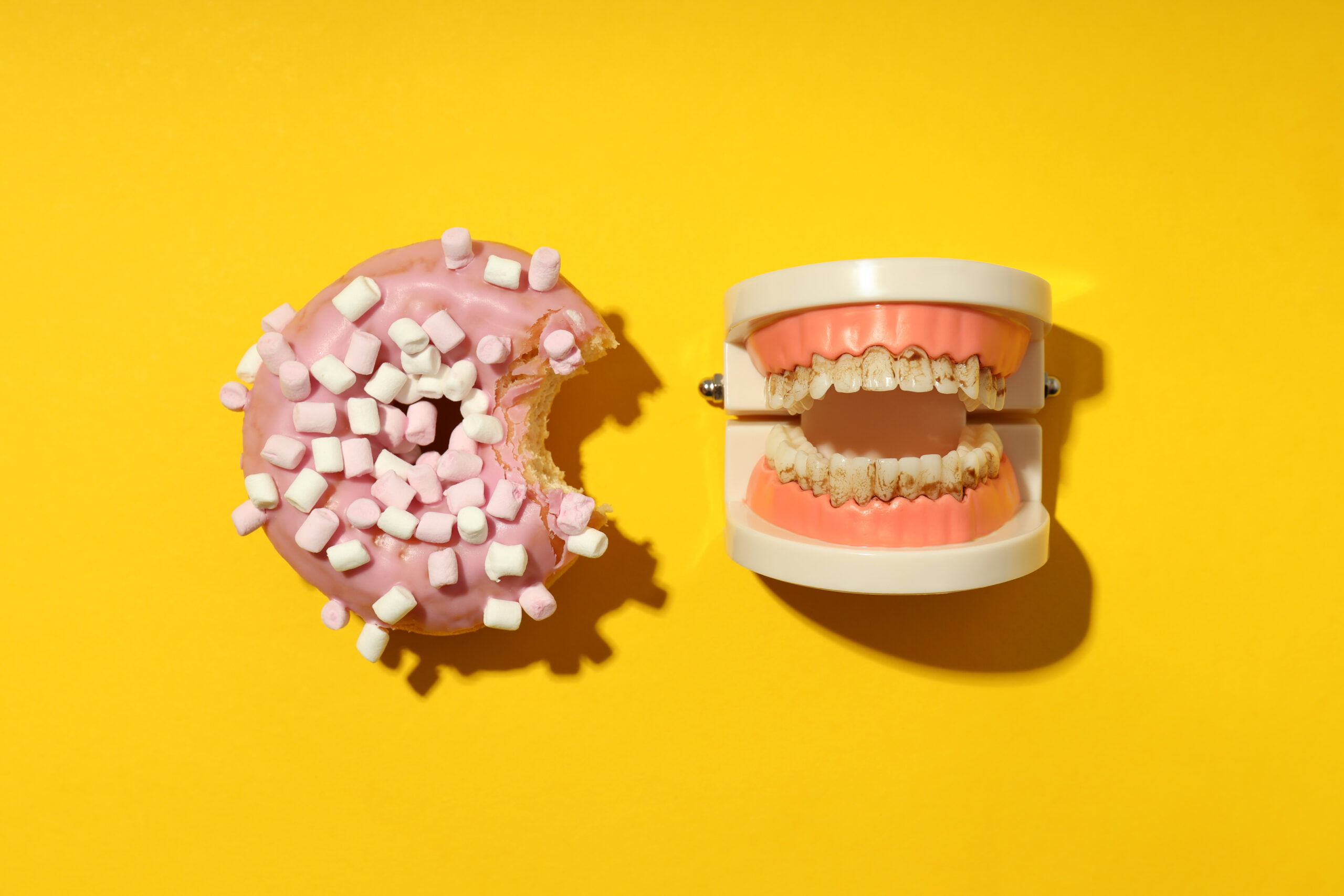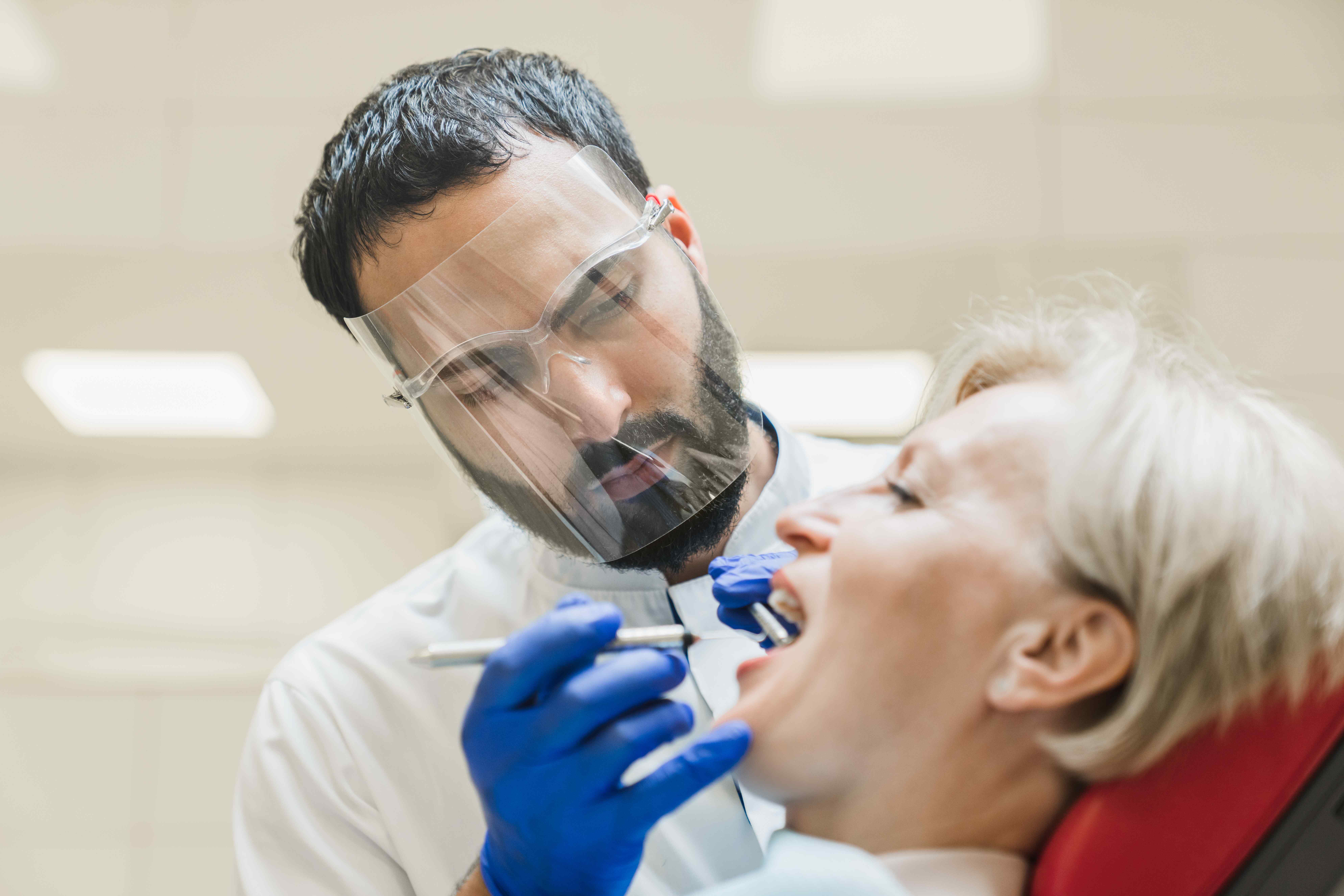Tooth decay is one of the most common chronic health issues worldwide, affecting individuals of…
Why Dental X-Rays Are Critical to Oral Health
 A dentist can visually examine your teeth for cavities, but there’s a catch: he or she can’t see the sides of teeth where they’re touching. There’s a blind spot where two teeth neighbor each other.
A dentist can visually examine your teeth for cavities, but there’s a catch: he or she can’t see the sides of teeth where they’re touching. There’s a blind spot where two teeth neighbor each other.
Fortunately, dental x-rays allow our Virginia Beach dentist to see between your teeth and under the gums around them.
What You Can See on X-Rays
X-rays aren’t taken arbitrarily. As indicated above, they help dentists see areas that would otherwise get missed during an exam:
- In-between teeth
- Around tooth roots
- Inside jawbone
Radiographs help detect the early stages of issues like periodontitis, cavities, abscesses, and even cancer.
Be it an implant, filling, or crown, you can’t safely complete any dental treatment without x-rays. These are pictures that create a map, so that our dentist knows how far to reach and how much tooth structure to repair, etc.
How Often Do You Need X-Rays?
Any time you visit a new dental office, you will likely need a new complete set of x-rays. This gives your dentist a baseline picture of what your oral health is like as they start to treat you.
From then on out, dental x-ray frequency is determined by your health. If you are prone to conditions like gum disease or cavities, you may need to have your mouth more closely monitored with specific x-rays taken at regular intervals.
Even healthy adult patients shouldn’t go more than two years without some kind of dental x-ray to make sure there aren’t any unnoticed conditions going on. But how often you get x-rays is something you’ll determine with your Virginia Beach dentist.
For great care with a Chesapeake, VA family dentist, call the Center for Restorative, Cosmetic & Implant Dentistry.
Posted on behalf of the Center for Restorative, Cosmetic & Implant Dentistry


